| Macro is one of those areas of photography I would really like to be able to do well at, but just can’t get the knack of. I have a great deal of respect for those who are good at it, it’s not like photographing a Roe Deer or a Kingfisher, it’s a whole different skill. With the sun out and nothing larger at hand to photograph, I attached my 105mm Macro lens and attempted to photograph up close the many Blue Damselflies that were around. The first problem was getting near them. They were like very twitchy song birds, so like song birds, I thought I'd let them come to me which, after a lot of patience, worked. Next problem, getting even closer so as to get a ‘real’ macro image which on the 105mm lens means getting within centimetres of them. Then there was the focusing – they kept moving, not helped by the wind that also moved them. The worse was trying to focus so that it would be sharp - the depth of field was literally millimetres only! Even my breathing was moving it in and out of focus. Finally, there was camera shake. I was trying to compromise between having a decent shutter speed, low ISO and as great a depth of field I could. I ended up with around average of f8 at 1/125 sec. The resulting images are the best of the bunch, not great and definitely I need more practice and experience. One scary looking spud up close. I wouldn’t like to be on its menu! |
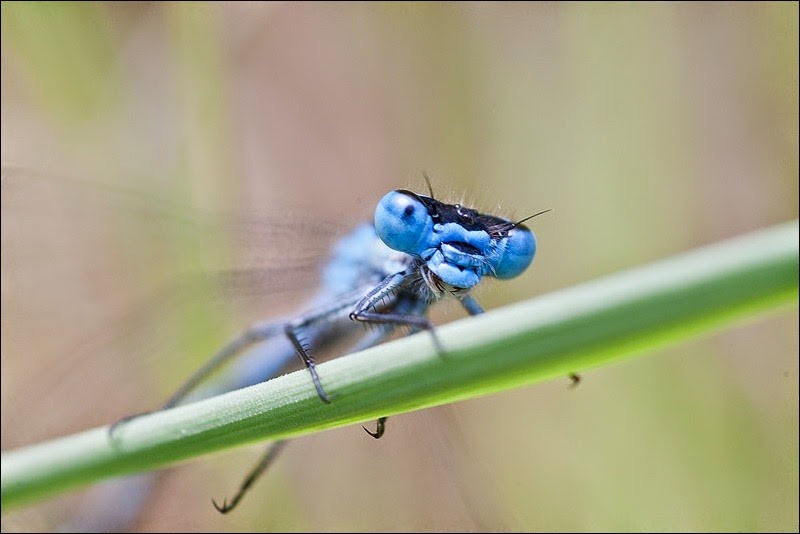 |
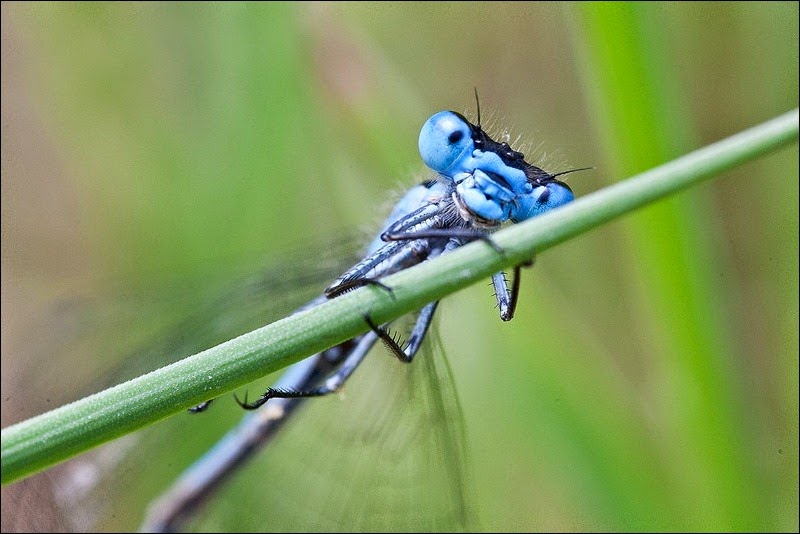 |
 |
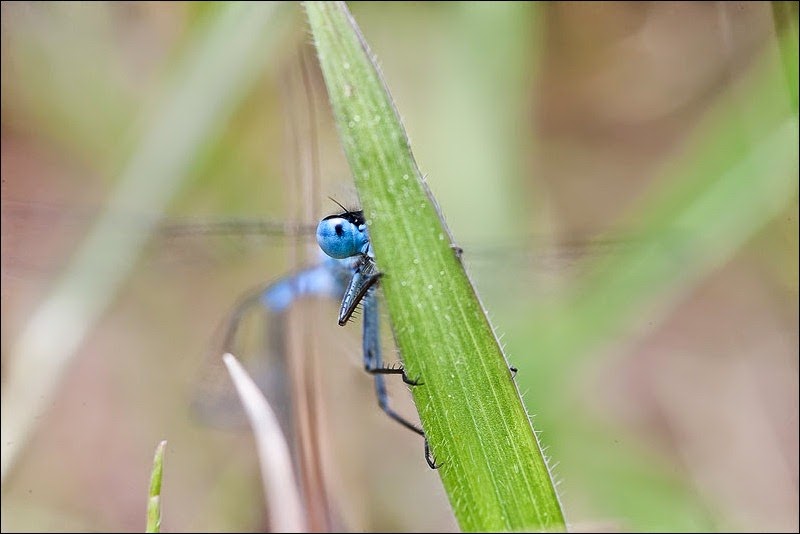 |
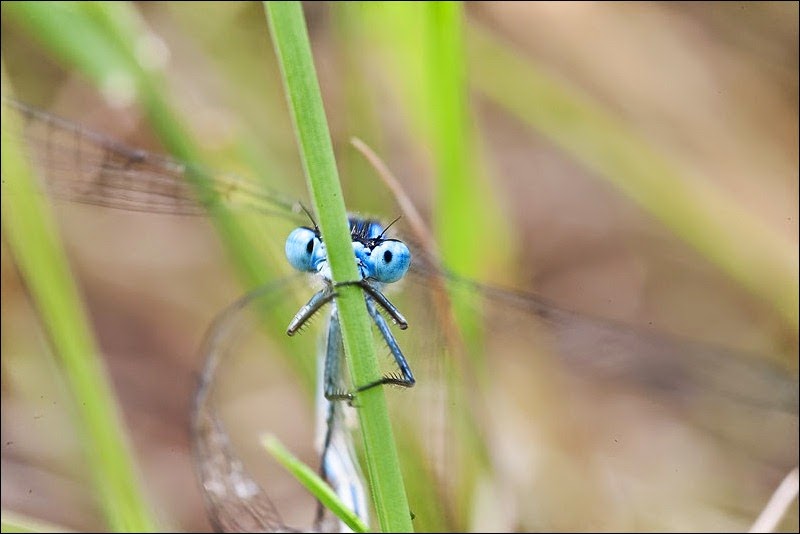 |
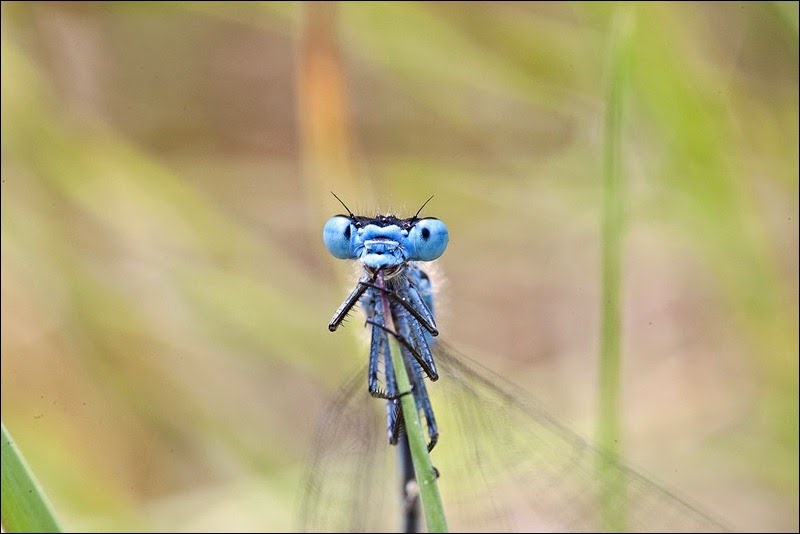 |
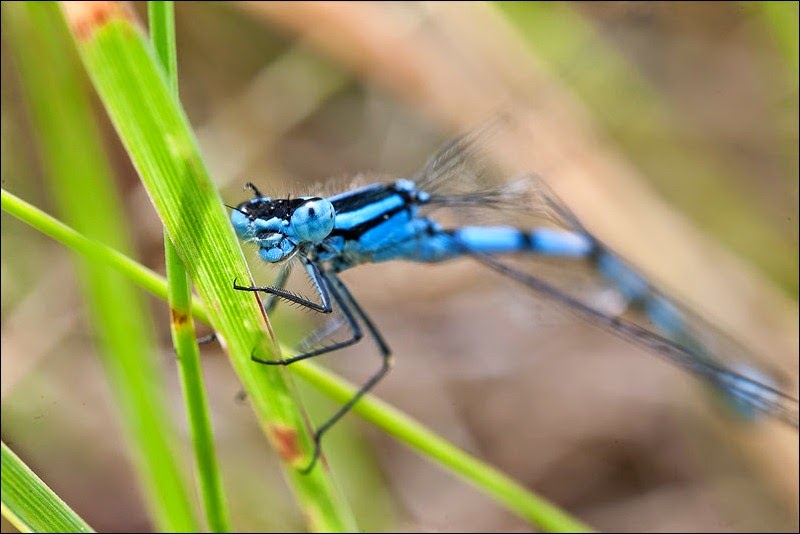 |
Monday 26 May 2014
Sunday 25 May 2014
Still Learning
| One of the things I love about photography is the constant learning. I think this is maybe why I’m happy with the equipment I have and don’t constantly feel the need to get the latest camera – the limitations are my own skills, knowledge and abilities and this is despite doing photography since I was 16 and studying it at college. When first wanting to take photographs, I wanted the latest SLR camera, but my parents wisely thought it was just a ‘fade’ and would pass so gave me their old Zeiss Ikon – everything manual – and I loved it. If achieving a picture was easy and the camera did everything for you, then where’s the interest, challenge or feeling of achievement? It’s become a bit of a yearly regular for me to visit South Shields where a large number of Kittiwakes nest, as it gives a great opportunity of photographing birds in flight. Hundreds of these birds gather here every summer to nest and all within a small area and with some good vantage points, it’s a good chance to practice your camera and lens technique. This may not be the most glamorous bird – it doesn’t have the colour of a Kingfisher or the grace of a Kite but collectively, this location and these birds are a sight and sound worth visiting and from a photography point of view, tests your technique and ability. Admittedly, this was also a test of my cameras autofocusing system and lens speed as the birds were constantly moving and twisting particularly the nearer ones. Just keeping them in the view finder and not cutting off a wing or tail was a challenge. I tried my camera at different settings and settled for the inner 9 focus points, not all points as you might normally use for birds in flight as they kept crossing changing and cluttered backgrounds – sea, rocks, beach – and it risked loosing the focus. I also found simply tracking the bird in the viewfinder before attempting to focus, more successful. Anyway, hundreds of images and aching arms later, I had some half decent images to show for it. |
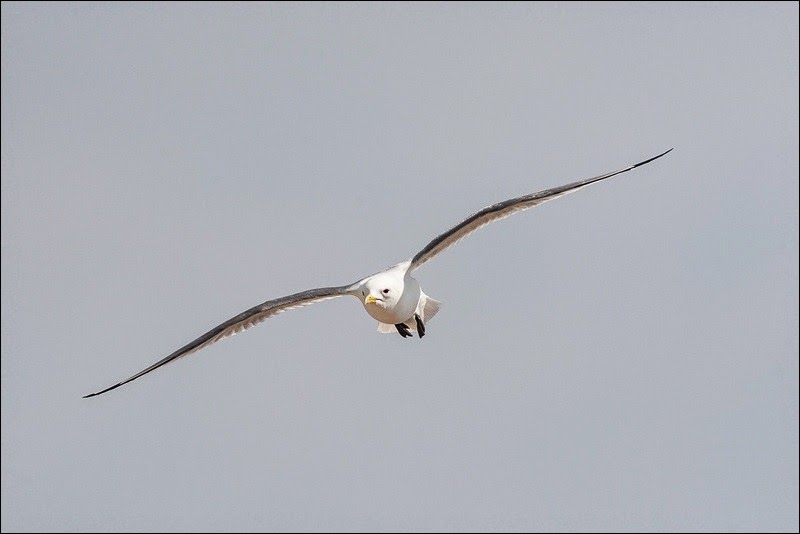 |
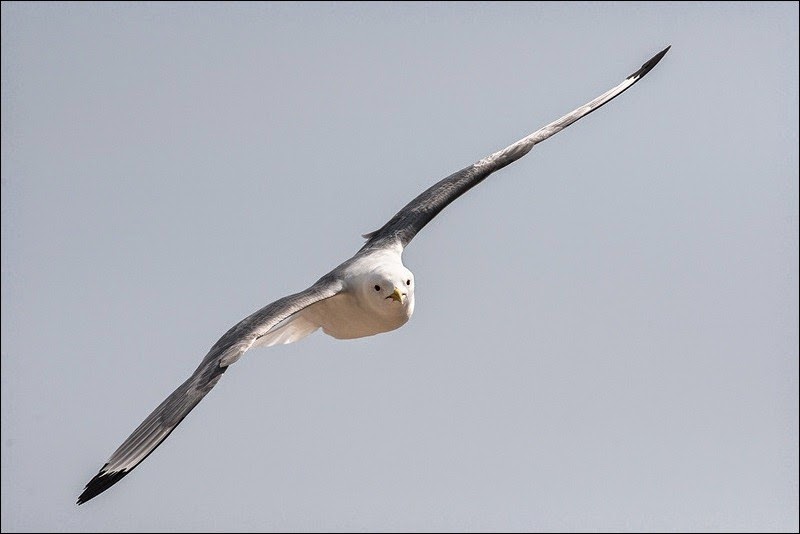 |
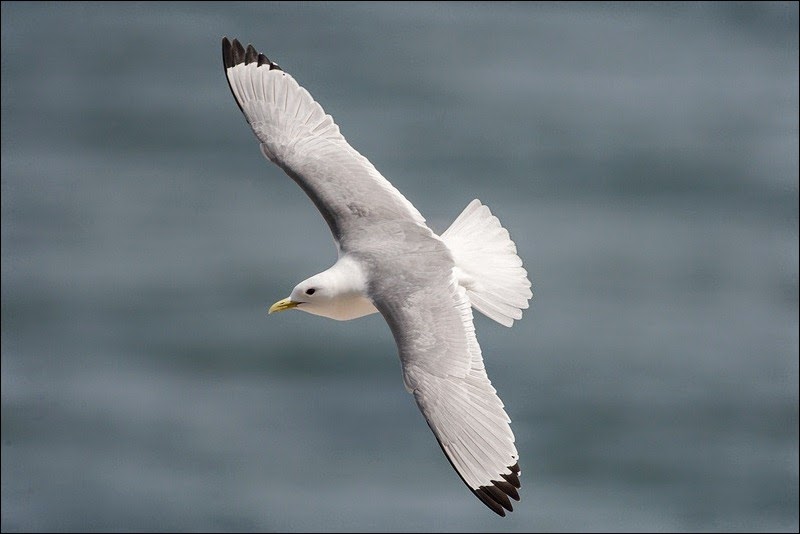 |
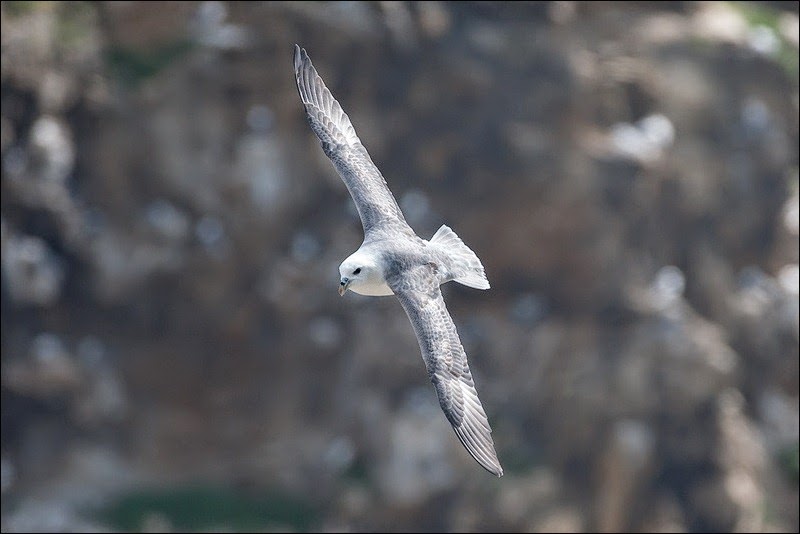 A Fulmar added to the mix |
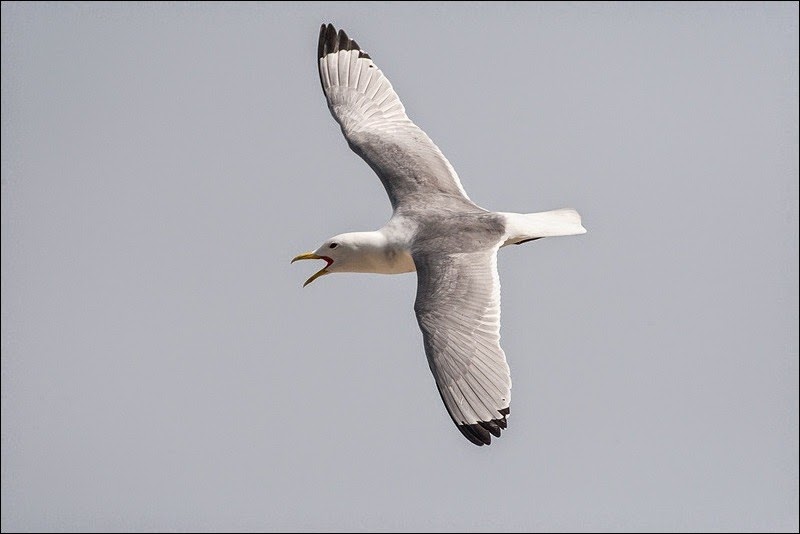 |
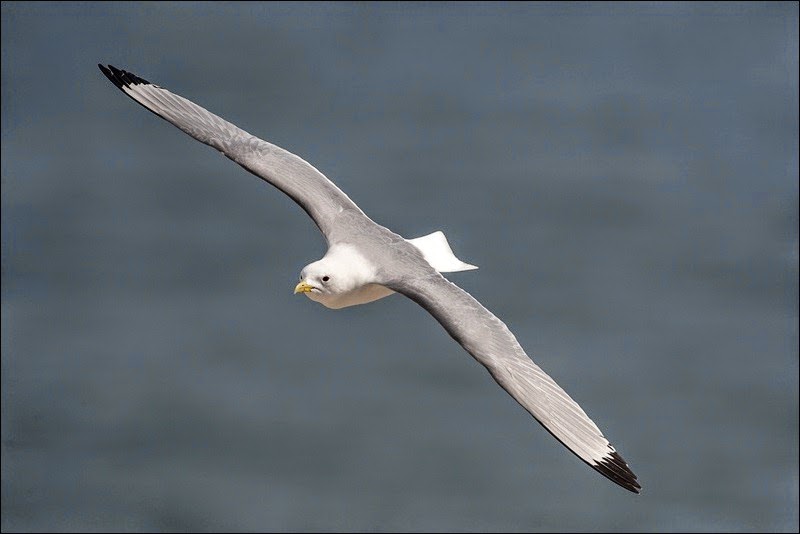 |
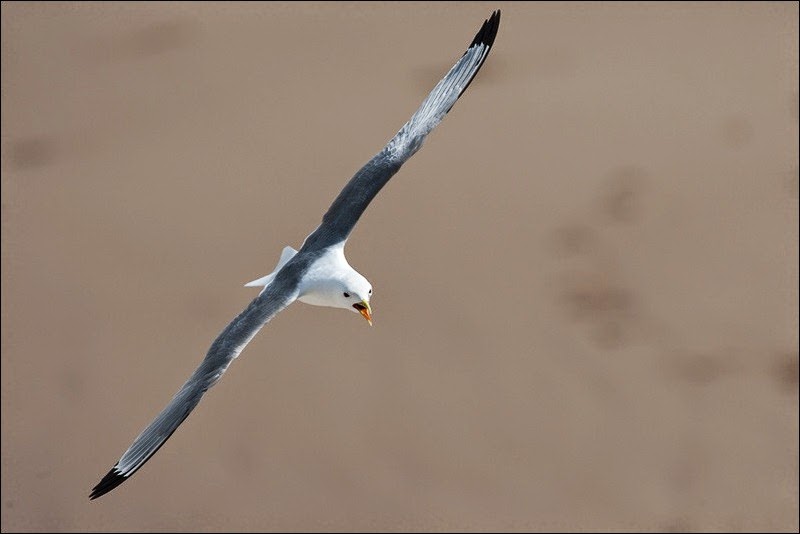 |
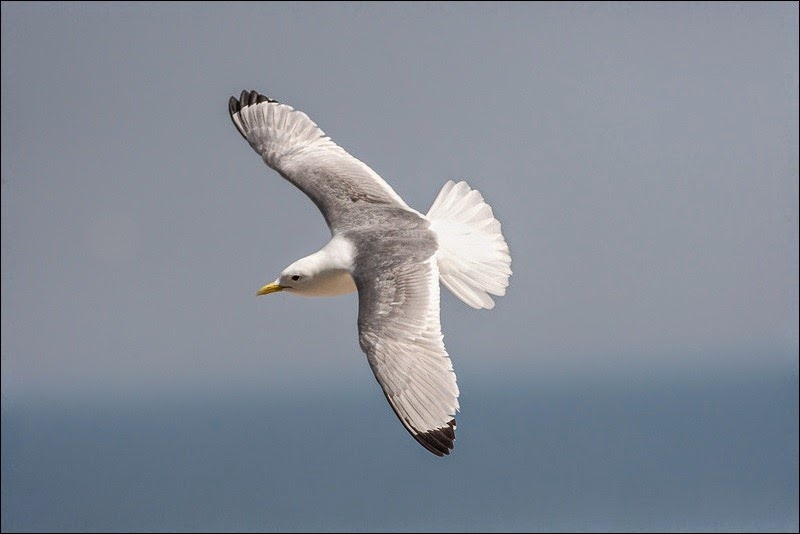 |
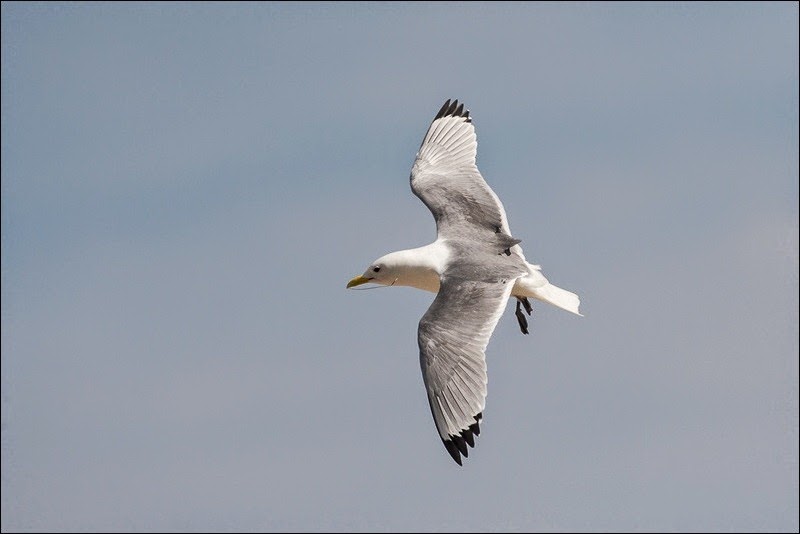 |
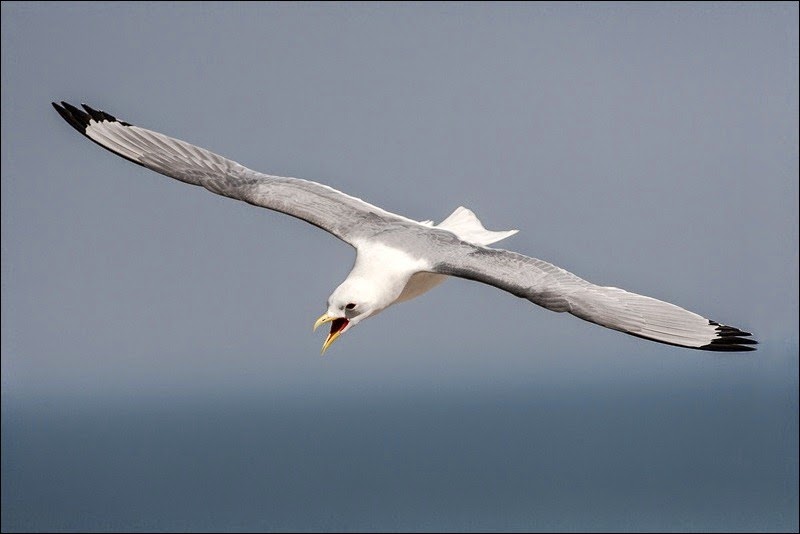 |
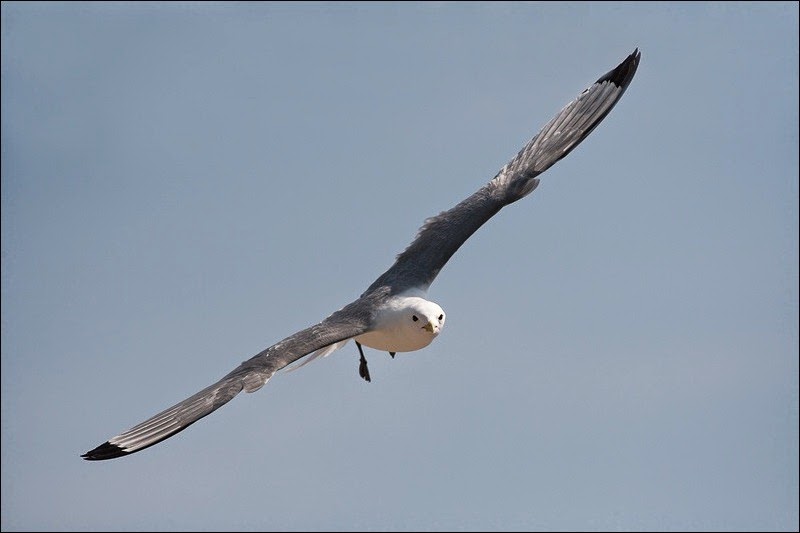 |
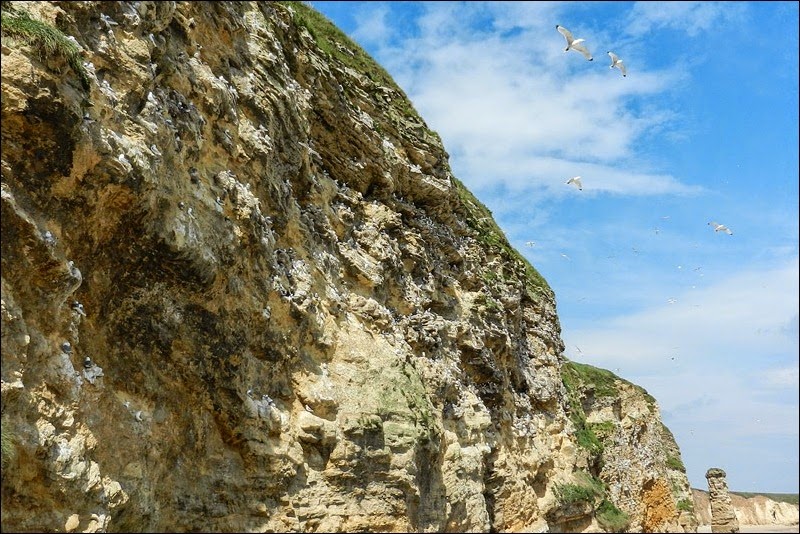 A view from the bottom showing the nests |
Monday 19 May 2014
A Summer Meadow
| After a few false starts, it looks like summer has finally arrived this weekend with a decent spell of sunny, warm weather. Where better to go then than to find a nice quite spot in a grass meadow, covered in wild flowers and enjoy the sunshine. A walked around a number of areas before settling on one location that had a number of Meadow Pipits busy feeding their young, all within their distinct territories. The long grass made it difficult to see any of the birds but for the chirping and the parents bringing in food, briefly hovering over a spot whilst they locate their offspring. |
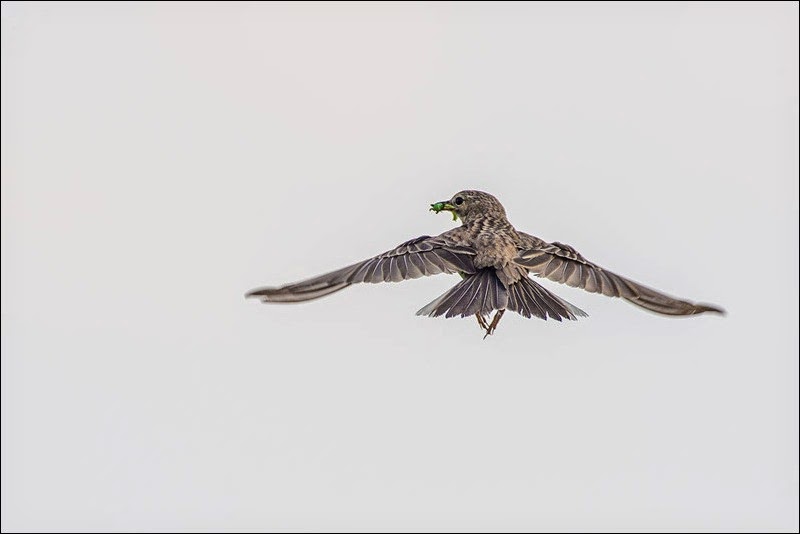 |
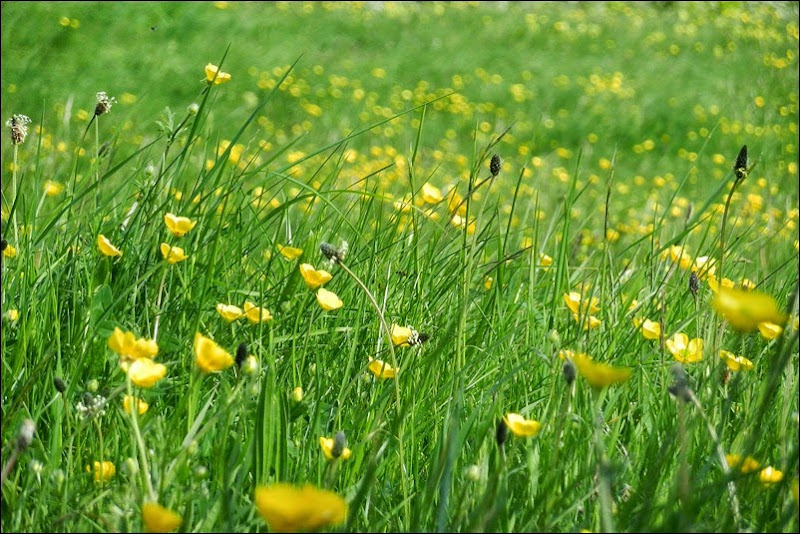 |
| My presence, though at a respectful distance, didn’t seem to detour the constant onslaught of food offerings being brought in for the young and in fact, both parents and young wondered in so close to me on a couple of occasions, that I couldn’t focus on them. Most of the time however, they couldn’t be spotted in the long grass and surprisingly the youngsters kept moving position by flying high in the air then back down three or four metres away from where the parents last fed them. It seemed a way of competing for the attention of the parents but ultimately made it more difficult for them to find them. From what I could make out there must have been around three offspring in my location. |
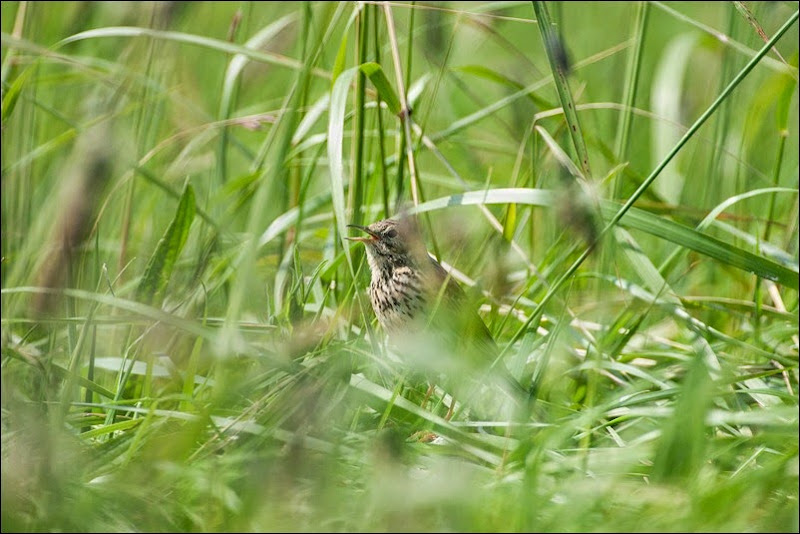 |
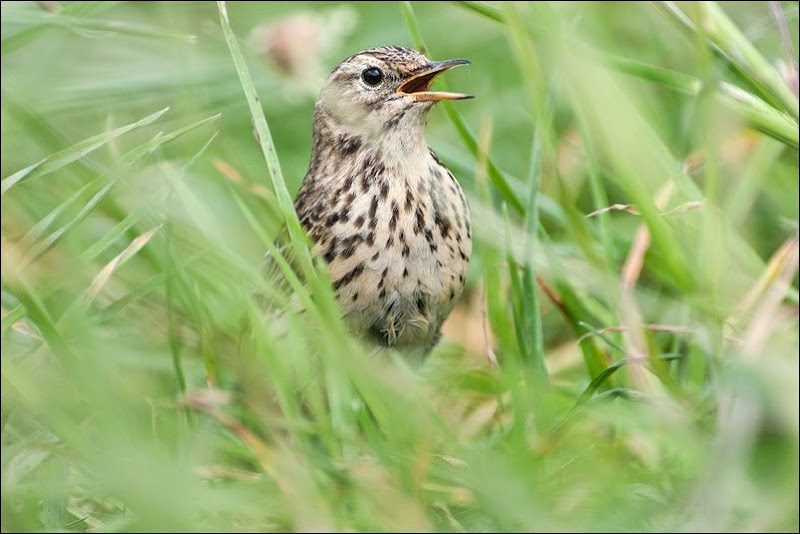 |
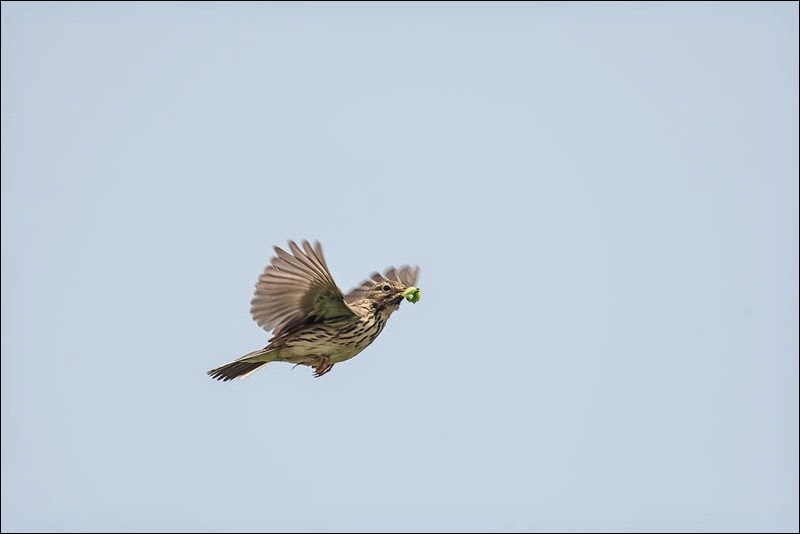 |
 |
| From a photographic point of view, I wasn’t having it all my own way. To try and fill in the frame with such a small bird, I had the converter attached, slowing down focusing speed. This was compounded by their choosing a mostly southerly location, so I was largely shooting towards the direction of the sun which in turn would regularly go behind the clouds just as a good photo opportunity presented itself. Along with the slower focusing speed, initial locking on was also a problem. Looking through a viewfinder of a focal length of 700mm at a small bird that seems intent in constantly moving, plus my focus limiter having to be set to full. Add to this the exposure difficulties and hand holding the lens for long periods of time – required due to the constant changes in direction, location and height. It was certainly challenging. The photographs then aren’t very special in quality – disappointing considering the opportunity. The only way around this would have been to move to a more southerly location so I would have the sun behind me and also to have got close enough to take off the converter, but both of these actions would have undoubtedly disturbed them. After a while, (and to give me arms a rest) I moved to another location where there was some taller plants in and around the grass where the parents were using as a stopping off point to check for the young, giving me a more settled photographic opportunity. Though still using the converter, the images were a bit better in quality as they moved consistently from three different perches of which I could pre focus on. Lighting too was from a better direction now though my arms and shoulders were aching after a couple of hours of, not just hand holding the lens, but the constant moving and twisting around. |
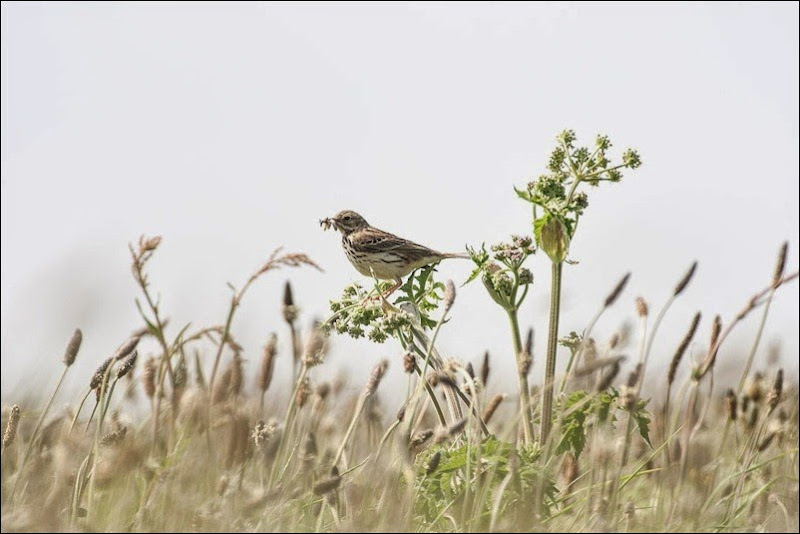 |
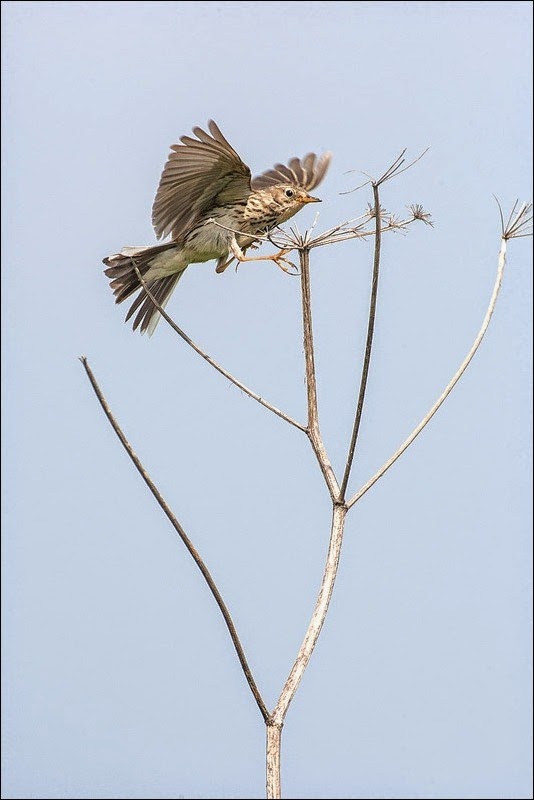 |
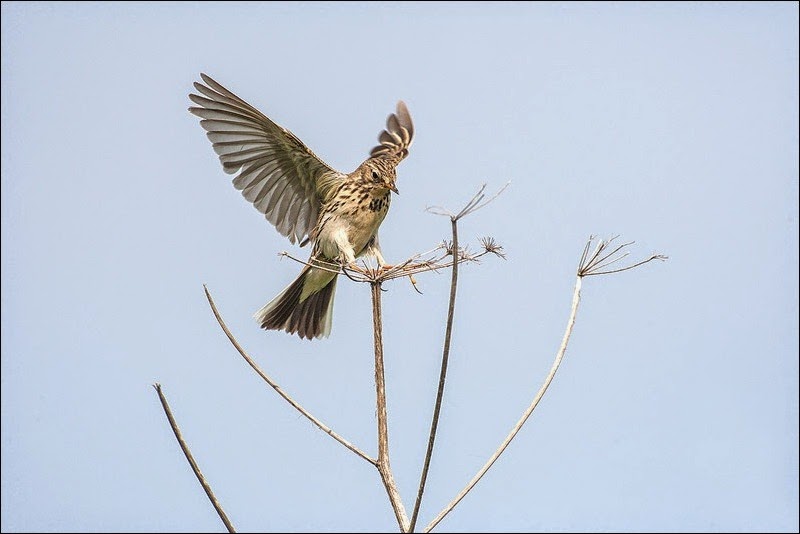 |
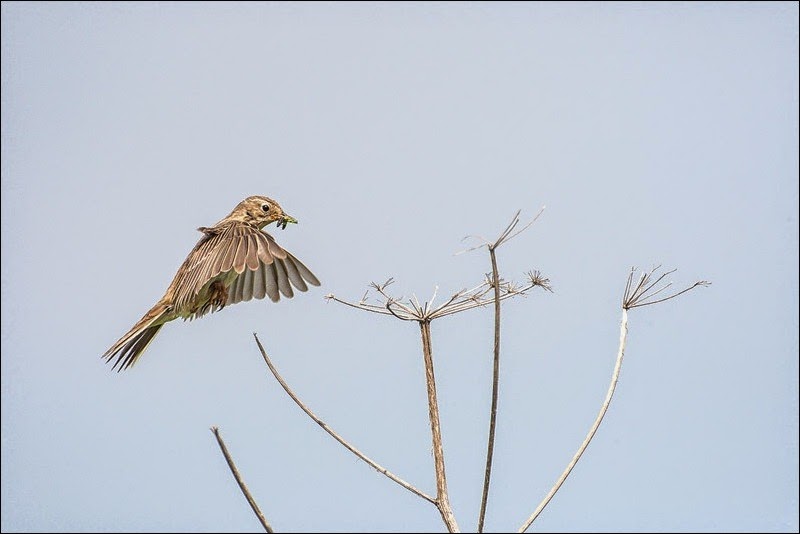 |
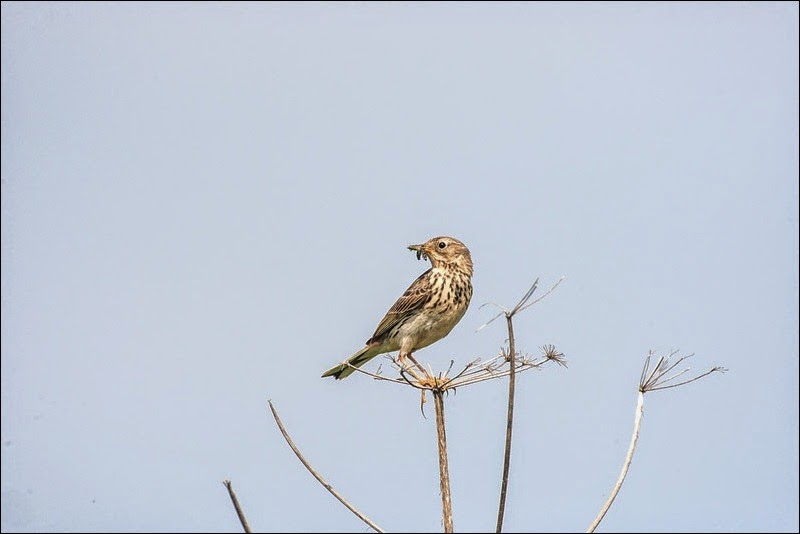 |
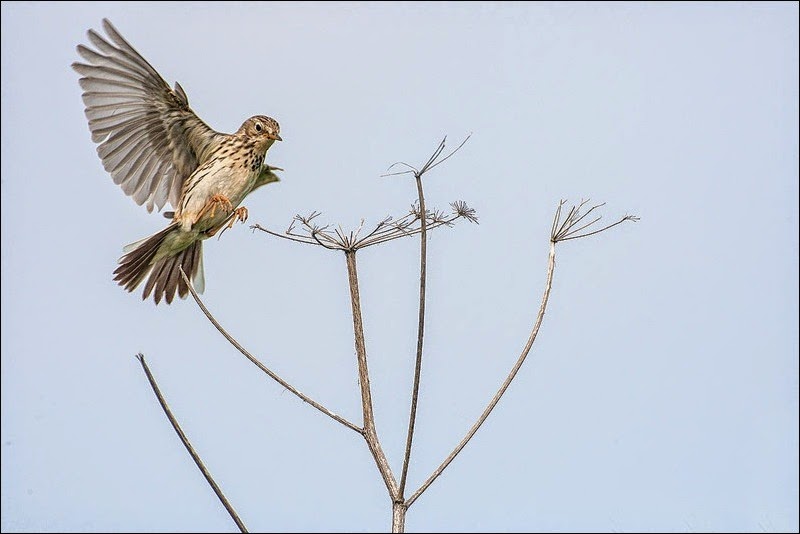 |
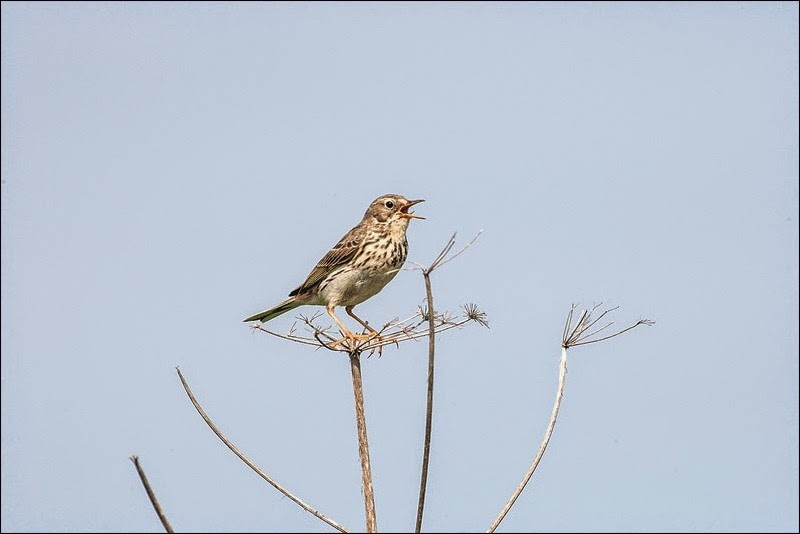 |
| In the end aching limbs and tiredness, meant I had to, reluctantly, call it a day. All in all, a nice day of weather and photo opportunity and a lot of images to look through, though most were to end up being deleted but a few stood out and were salvaged and I’ll work on those to put up on my website. |
Sunday 4 May 2014
A mixed bag for a mixed day
| A day that promised lots of sunshine, took up inland along the Tyne this weekend. Between Newburn and Wylam is an area I will visit between May and August because of the Sand Martins that nest along some of the banks. There are also a number of ponds dotted around the area, of which one of them I stopped off at. What caught my eye was the colour and pattern the reeds were creating at the back of parts of this particular pond – a nice backdrop for a picture of a bird I thought. Only trouble was, it wasn’t exactly a hive of activity and there was only two sections that stood out and had a clear view of, so I decided to get my camera out at a low view point and wait. The only obvious birds around were a nesting pair of Swans, two pairs of Moorhens and a Mallard family. At first, apart from the Swan, the others were wary of my presence and stayed at the far back in the reeds. After about half an hour, they started to swim around, cautiously at first, but eventually ignoring me. The only trouble was none were going past either of the two ‘ideal’ locations. It was an hour before the Moorhens started to go past the furthest of these spots though moving quickly making it difficult to get a good picture, especially due to the very low angle (I was lying down flat) and it was hard to see through the view finder correctly, keep a straight horizon and focus accurately. |
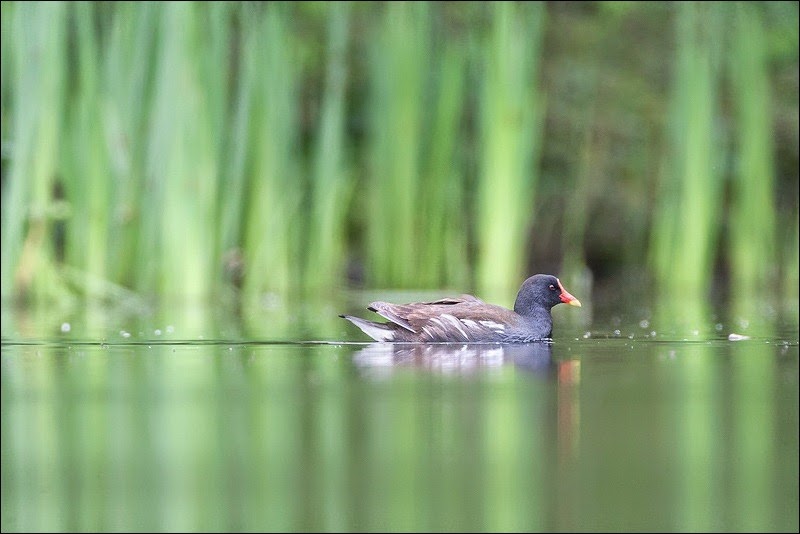 |
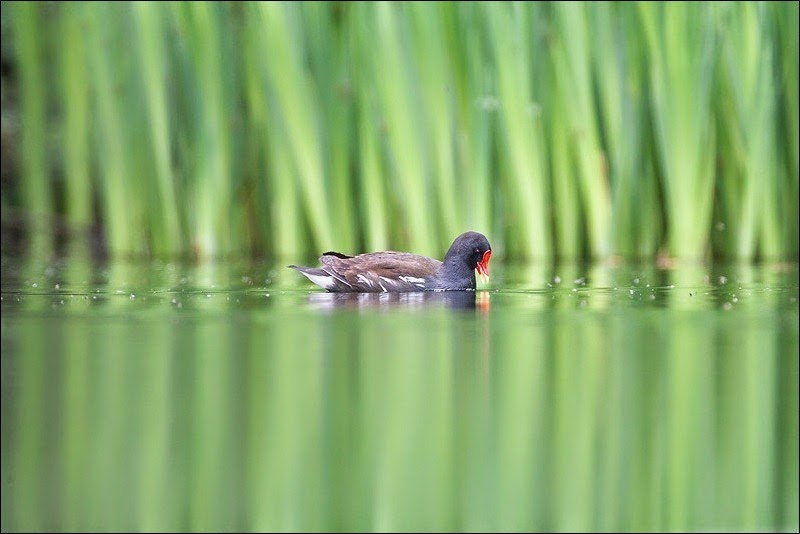 |
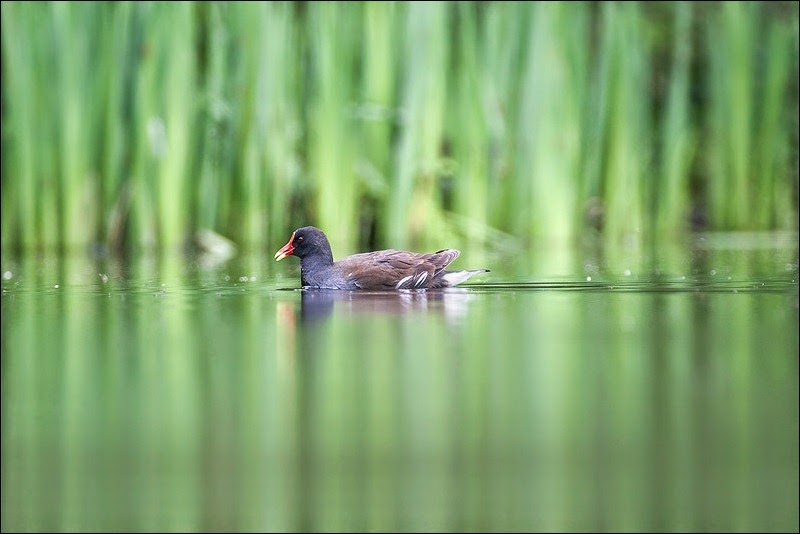 |
 |
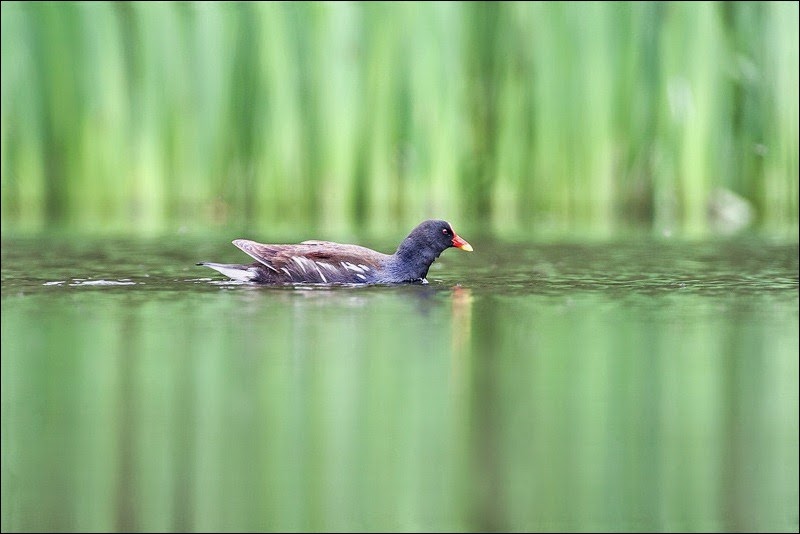 |
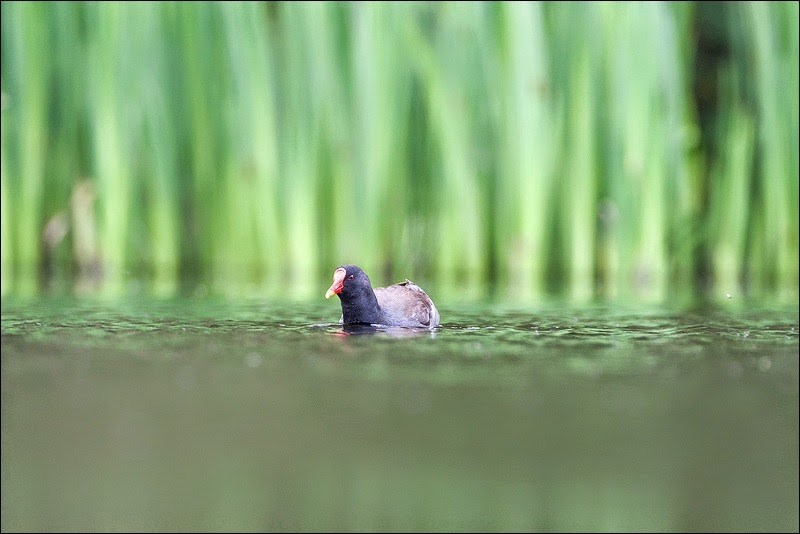 |
| After a while, it became obvious as to why the Moorhens were moving quickly back and forth past this spot, it must have been the territorial boundary between the two pairs of birds and a fight broke out, with eventually all four birds involved. Unfortunately for me, as had been concentrating on photographing a single bird at distance and had just attached my converter on the lens to give me a bit more reach but a slower focusing speed, a narrower depth of field and slower shutter speed. The action was over in a flash, sweeping from right to left and with my camera set on a slow frame rate and the other disadvantages, I wasn’t able to get a decent image. |
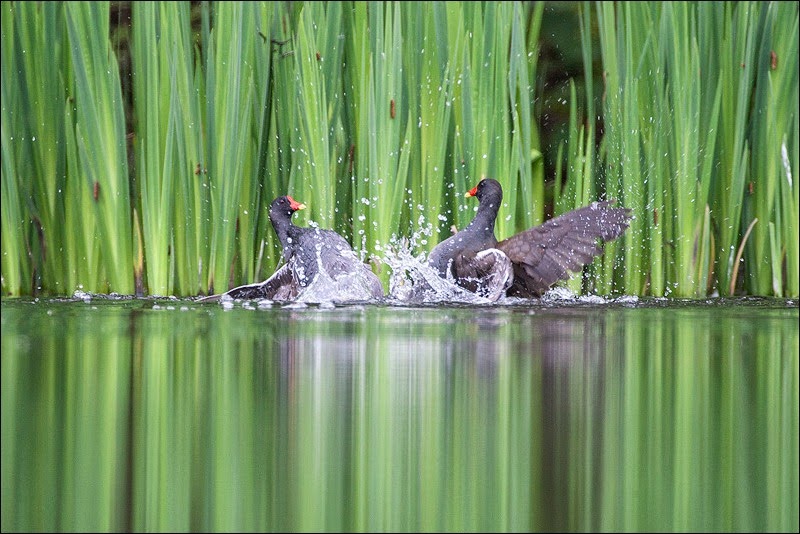 |
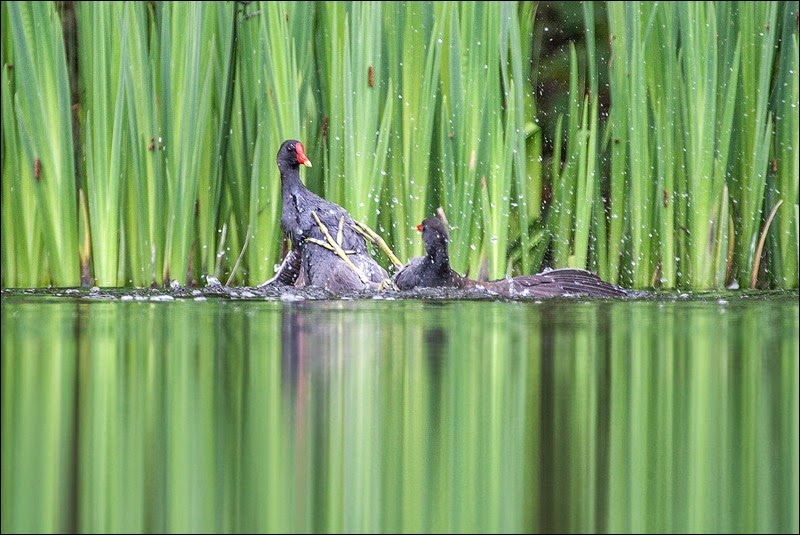 |
| A few minutes later, everything was back to normal, a Swan swam past as did a Mallard family and the Moorhens had withdrawn to their respective parts of the pond. By this time I was back down to a bare 500mm lens, which was fortunately as, while positioning the lens on an ideal spot of reed for what I was expecting a Mallard to swim past, instead he took off and all the disadvantages I had previously had with the Moorhens were gone and managed to get a series of decent image of the bird as it went past. |
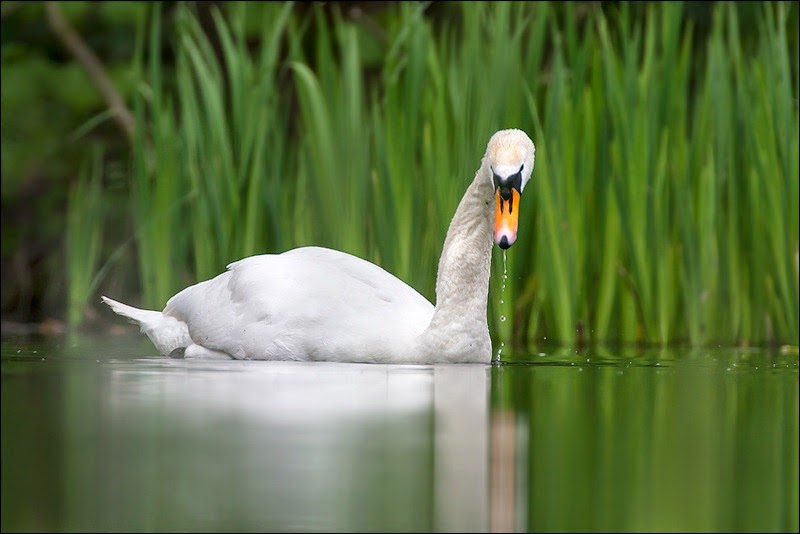 |
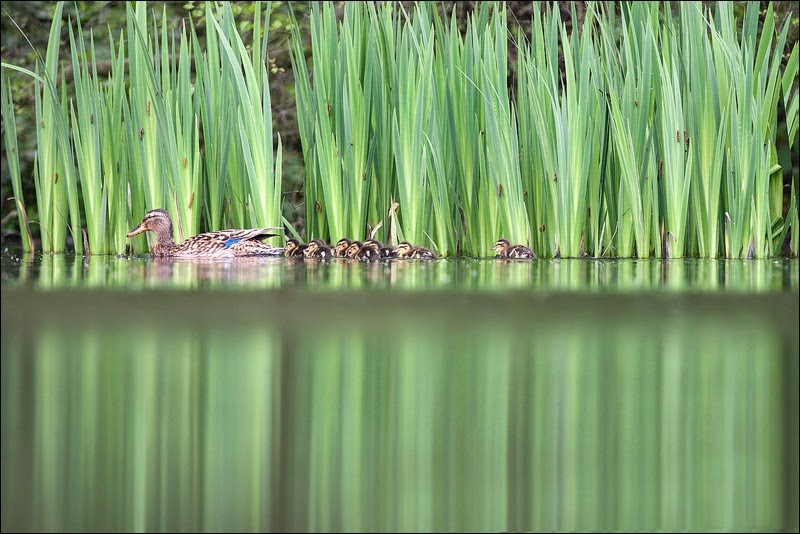 |
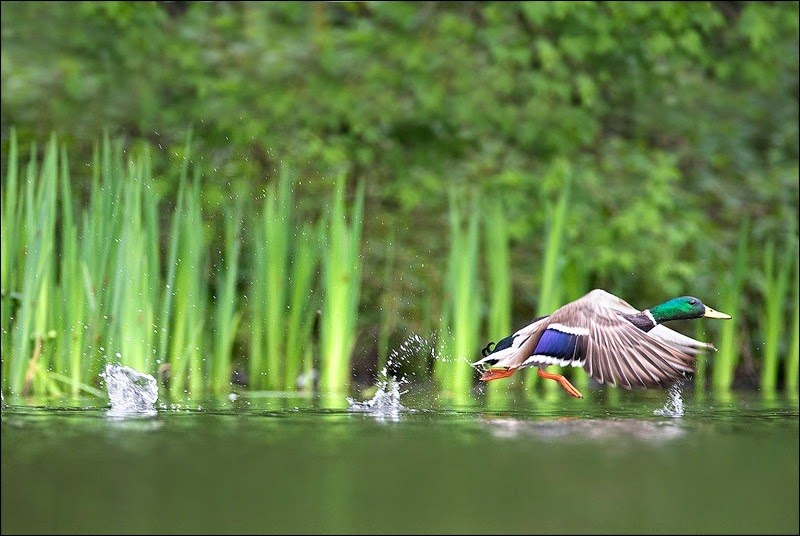 |
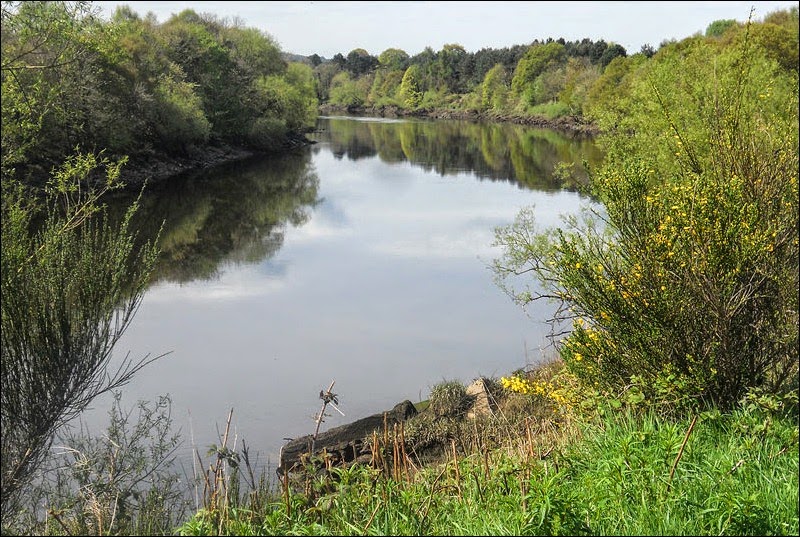 |
| Of course the main purpose of the trip, was to check on the the Sand Martins this year. I’ve been watching them for a number of years and recently they had moved further up from their previous nest site, but, unfortunately, due to the fewer nesting opportunities there has, correspondently, been fewer Sand Martins. The image below shows the bank where they used to nest. It’s changed. There has been no obvious erosion from the river or from the top, but the bank is not as steep has more of a slope and so grass has managed to get a better hold, making it easier for predators to access the nests within the bank. Previous examples of my successes here at this same spot (and a predator attack) in the past when the birds were successfully nesting here in large numbers. There was then today very few Sand Martins compared to others seen at the same spot at the same time of year on this day. It could still be early and it still seems quite cool, but I’m guessing the nesting area will have moved elsewhere for the most part. |
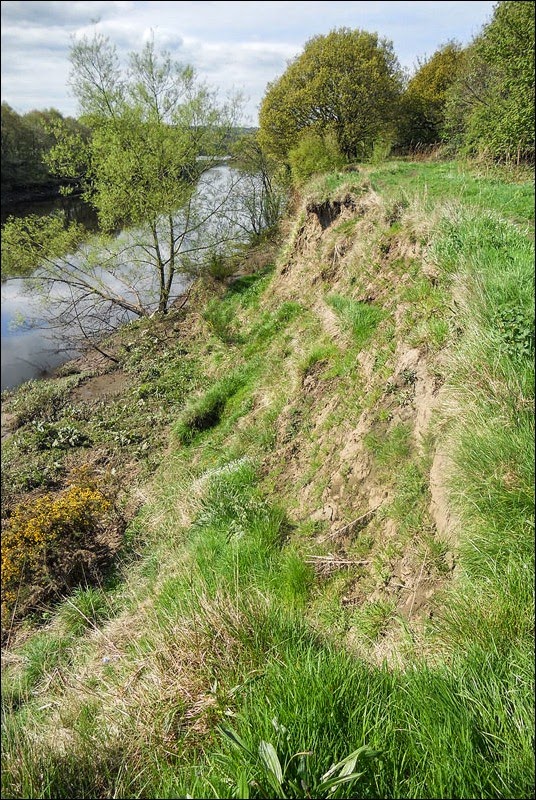 |
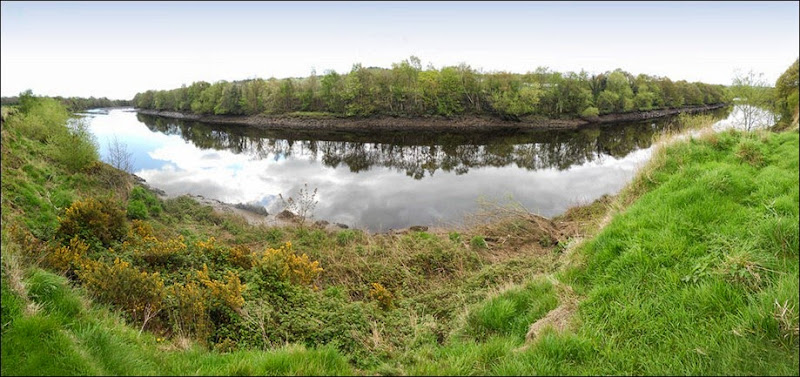 Panoramic view point of the same spot |




